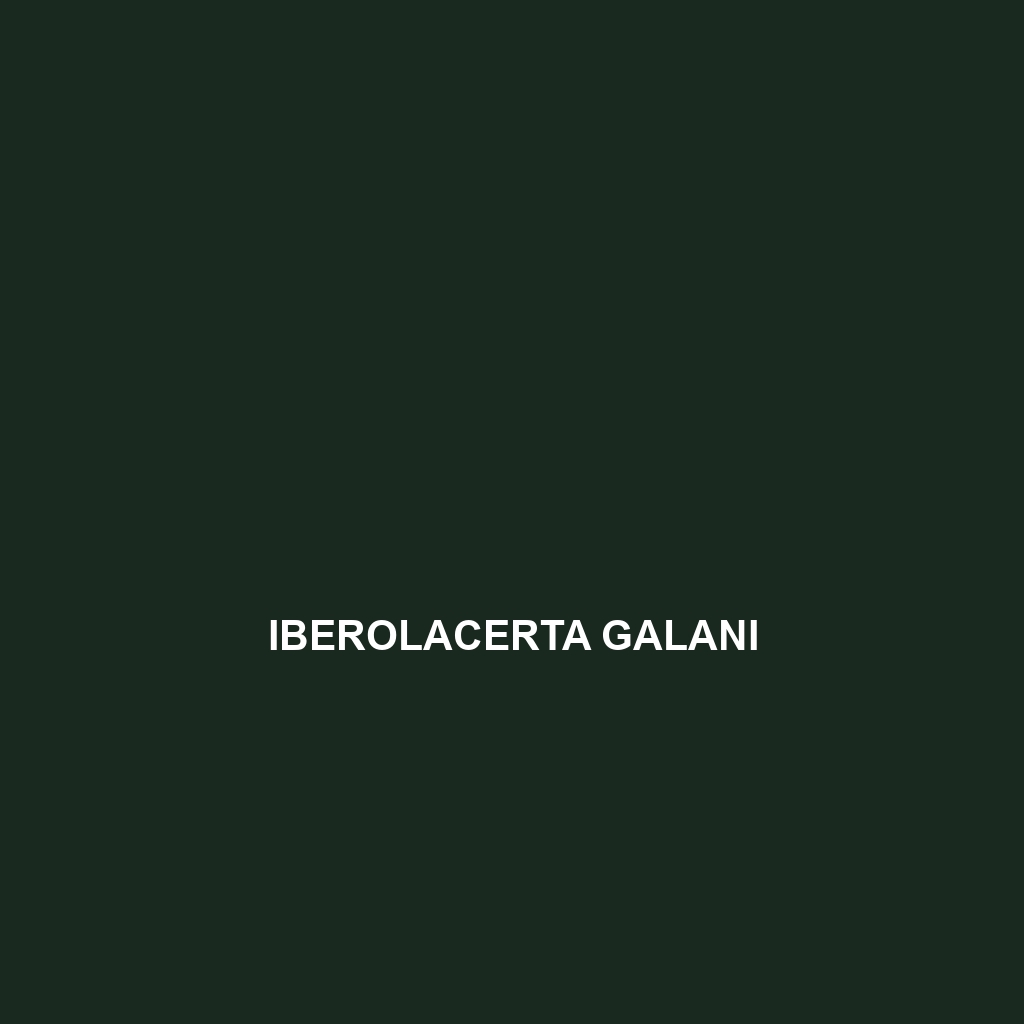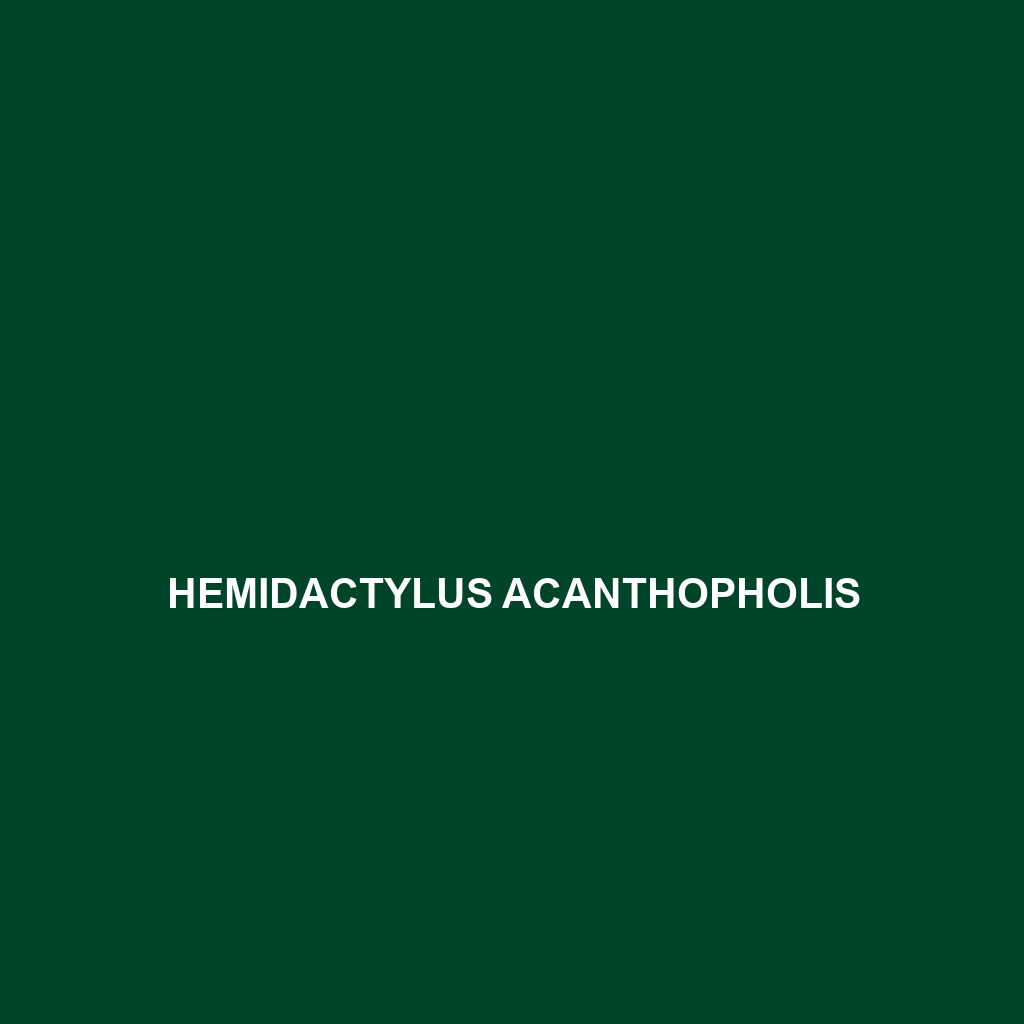<p>The <b>Phrynocephalus putjatai</b>, or Putjat lizard, is a small, diurnal reptile found in the semi-arid regions of Central Asia, typically reaching lengths of 15 to 20 cm. Known for its unique flattened body and protective scaly texture, this insectivorous lizard plays a crucial role in its ecosystem by controlling insect populations and serving as prey for larger predators.</p>
Tag: mating behavior in lizards
Phrynocephalus euptilopus
<p>The <b>Toad-headed Agama (<i>Phrynocephalus euptilopus</i>)</b> is a unique lizard native to the arid regions of Central Asia, exhibiting a flattened body, broad head, and excellent camouflage that allows it to thrive in harsh environments. Known for its diurnal behavior and diet primarily consisting of insects, this resilient species plays a vital role in maintaining the ecological balance of its desert habitat.</p>
Iberolacerta galani
<b>Iberolacerta galani</b>, also known as Galán's Iberian Lizard, is a vibrant insectivore native to the temperate forests and grasslands of northern Spain, recognized for its striking coloration, agile movements, and critical role in maintaining ecological balance through insect population control. This species thrives in rocky substrates and displays fascinating behaviors during the breeding season.
Hemidactylus acanthopholis
Introducing the Hemidactylus acanthopholis, a resilient gecko found in Central and West Africa, known for its distinctive spiny dorsal scales, nocturnal hunting behavior, and vital role in controlling insect populations. Adapted to arid environments, this intriguing lizard reaches up to 10 cm in length and thrives in rocky crevices, contributing significantly to its ecosystem's biodiversity.
Anolis cupreus
Discover the Anolis cupreus, or coppery anole, a vibrant diurnal lizard native to the tropical rainforests of Central America, known for its striking coloration and excellent climbing abilities. This insectivorous reptile plays a vital role in its ecosystem, helping control pest populations while exhibiting fascinating behaviors, including territorial displays and color adaptations.




